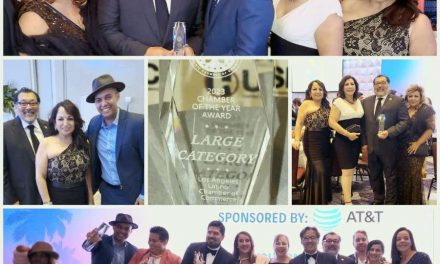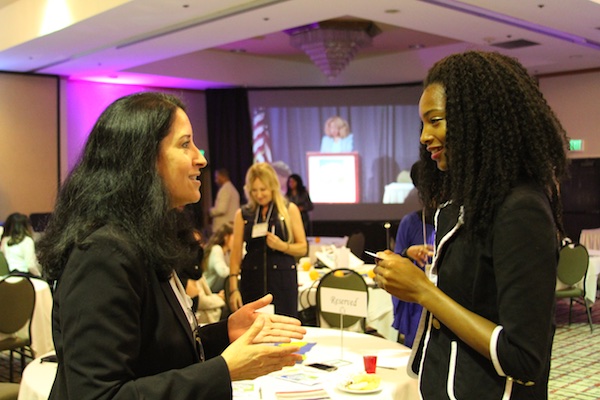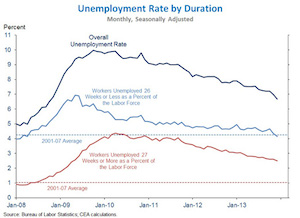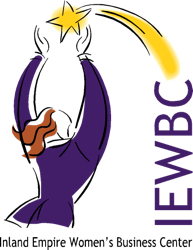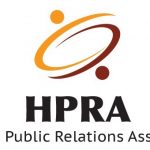
U.S. – Mexico High Level Economic Dialogue
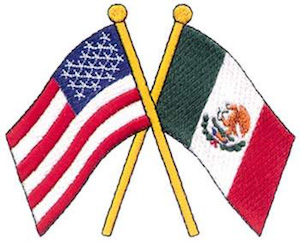
High-level Mexican and U.S. government officials met via videoconference yesterday to review progress made under the U.S.-Mexico High Level Economic Dialogue (HLED) and to determine next steps in our efforts to make North America the most competitive economic region in the world. The meeting was chaired by U.S. Secretary of Commerce Penny Pritzker and Mexican Finance Minister Luis Videgaray Caso. Participants from the U.S. side included the National Security Council and the Office of the Vice President, as well as the Departments of Commerce, State, Treasury, Homeland Security, Energy, Interior, Transportation, Labor, and Agriculture. Participants from the Mexican side included the Ministries of Foreign Affairs, Finance and Public Credit, Economy, Communication and Transportation, Energy, and Labor and Social Welfare.
The group reviewed progress in the six HLED priority areas of energy, modern borders, workforce development, regulatory cooperation, stakeholder engagement, and regional and global leadership. These priorities advance our overarching goals of promoting competitiveness and connectivity; fostering economic growth, productivity, entrepreneurship and innovation; and partnering for regional and global leadership.
The group also highlighted the important role of receiving input from the private sector and civil society to ensure the HLED remains strategic and relevant. Officials from both governments maintain dynamic interactions with members of the private sector, business associations and educational institutions, among others, to gather input on HLED initiatives.
Specific accomplishments and examples of ongoing collaboration include:
Energy
A December 2014 Memorandum of Understanding signed by the U.S. and Mexican Secretaries of Energy and the Canadian Minister for Natural Resources created the framework for trilateral consultation and sharing of energy information for the North American region. Protocols for information sharing and a portal for international data sharing have been established. A mapping system, hosted by Mexico, resulted in the creation of a number of infrastructure maps.
Our governments are sharing best practices in energy education, developing vocational/polytechnic energy training programs, examining joint industry certifications, and promoting greater communication among key players in both countries.
The 2012 U.S.-Mexico Transboundary Hydrocarbons Agreement, which addresses the development of oil and gas reservoirs that cross the international maritime boundary between the two countries in the Gulf of Mexico, entered into force in 2014, providing an excellent example of regulatory cooperation between our governments.
Together, we support training and share best practices/lessons learned in support of new technology, including sustainable unconventional oil and gas development and the sharing of U.S. experiences under the Unconventional Gas Technical Engagement Program.
The U.S. Agency for International Development continues its support for the Mexican energy sector by helping to analyze potential sources of renewable energy and foster integration of renewable energy sources into Mexico’s energy matrix.
The Mexico – U.S. Entrepreneurship and Innovation Council is developing exchanges and policy recommendations to increase investment in small and medium-sized enterprises including in Mexico’s burgeoning energy sector.
Mexico and the United States jointly foster energy cooperation in the Caribbean and Central America. The U.S. Department of State and Mexico’s Ministry of Energy assist Central American stakeholders in regional power sector reform and promote increased power trade. A proposal for a natural gas pipeline between Mexico and Guatemala, with potential benefit to other countries in Central America, is in development.
Modern Borders
Three border infrastructure projects will be inaugurated in 2015: the West Rail crossing at Brownsville-Matamoros between Texas and Tamaulipas; the Tornillo-Guadalupe port of entry at the Texas-Chihuahua border; and the San Diego-Tijuana Airport Pedestrian Bridge.
Additional efforts are underway to improve the border crossing experience between our countries, such as piloting a program to measure border wait times and developing practices to decrease wait times at 10 border crossing locations; expanding Trusted Traveler Programs and the Mutual Recognition Arrangement between the U.S. Customs-Trade Program Against Terrorism and Mexico’s corollary program, the Nuevo Esquema de Empresas Certificadas; and implementing our joint cargo pre-inspection program.
U.S Customs and Border Protection (CBP) and Mexico’s Tax Administration Service (SAT) are developing a single, shared customs manifest for use in both countries for all transportation modes. The Single Rail Manifest (northbound) is already operating at four of seven railway border crossings (Mexicali, Nogales, Juarez and Matamoros). We expect that the remaining crossing points, as well as the air and sea manifests, will be operational by the end of this year.
In the coming months, CBP and SAT will inaugurate two cargo pre-inspection pilots (at the Laredo International Airport and the Mexican customs export facilities at Mesa de Otay-Baja California) which will reduce wait times and costs in foreign trade transactions. Most of the shipments from companies participating in the pilot program will be inspected only once by both customs authorities in the exporting country.
Workforce Development
Through the Bilateral Forum on Higher Education, Innovation and Research, more than 30,000 Mexican professors and Mexican students participated in exchange programs in 2014 with U.S. institutions of higher education and innovation centers.
More than 50 cooperative agreements have been signed between universities and institutions of both countries, including with the governments of the U.S. states of California, Arizona and New Jersey.
Increased collaboration between the Mexican National Council of Science and Technology and the U.S. National Science Foundation (NSF), including a March 2015 agreement to expand graduate student exchanges under NSF’s Graduate Research Opportunities Worldwide (GROW) program.
In March 2015, Mexico and the United States signed an agreement to increase cross-border internships. We continue to work with the private sector and universities towards this goal.
The Mexican Secretariat of Labor and Social Welfare (STPS) and the U.S. Department of Labor agreed to implement a program aimed to eliminate gender and sexual orientation-based employment discrimination through a grant to the NGO Heartland Alliance International.
The STPS and the California Governor’s Office collaborated on a pilot program to protect migrant workers in the United States from abuse in the recruitment process.
Regulatory Cooperation
On June 30th, the Mexican Secretariat of Agriculture, through the National Health Service, Food Safety and Quality and the United States Department of Agriculture agreed to continue cooperation on the development of compatible electronic certification systems that exchange sanitary and phytosanitary information on plant and animal health between both governments. This arrangement will increase the compliance of imported and exported shipments of agricultural products, as well as enhance food safety and trade.
The U.S. Department of Interior is negotiating a new agreement with Mexico’s Ministry of Energy and National Hydrocarbons Commission as well as updating an existing agreement with Mexico’s Ministry of Environment and Natural Resources to facilitate collaboration on regulations for hydrocarbon exploration and extraction in shared reservoirs. This will help develop more specific agreements between the regulatory entities in both countries such as the Bureau of Ocean Energy Management and the Bureau of Safety and Environmental Enforcement in the United States and the CNH and National Agency for Industrial Safety and Environmental Protection of the Hydrocarbons Sector in Mexico.
Regional and Global Leadership
Mexico and the United States are working together to promote development in Central America and the Caribbean, including in strategic areas such as training on borders and customs inspection in Central American countries.
Preparations continue for the Open Government Partnership Global Summit, which Mexico will host in October 2015 to complete their year of leadership on this important multilateral effort to improve government transparency and accountability.
As a part of the 2013-2015 Mexican work plan in the Open Government Partnership, the Mexican Government gathered an interagency working group to ensure the entry into force of the Extractive Industries Transparency Initiative in Mexico. This international initiative consists of a tripartite mechanism in which civil society, industry, and government share and validate information from hydrocarbon and mineral resource industries.

